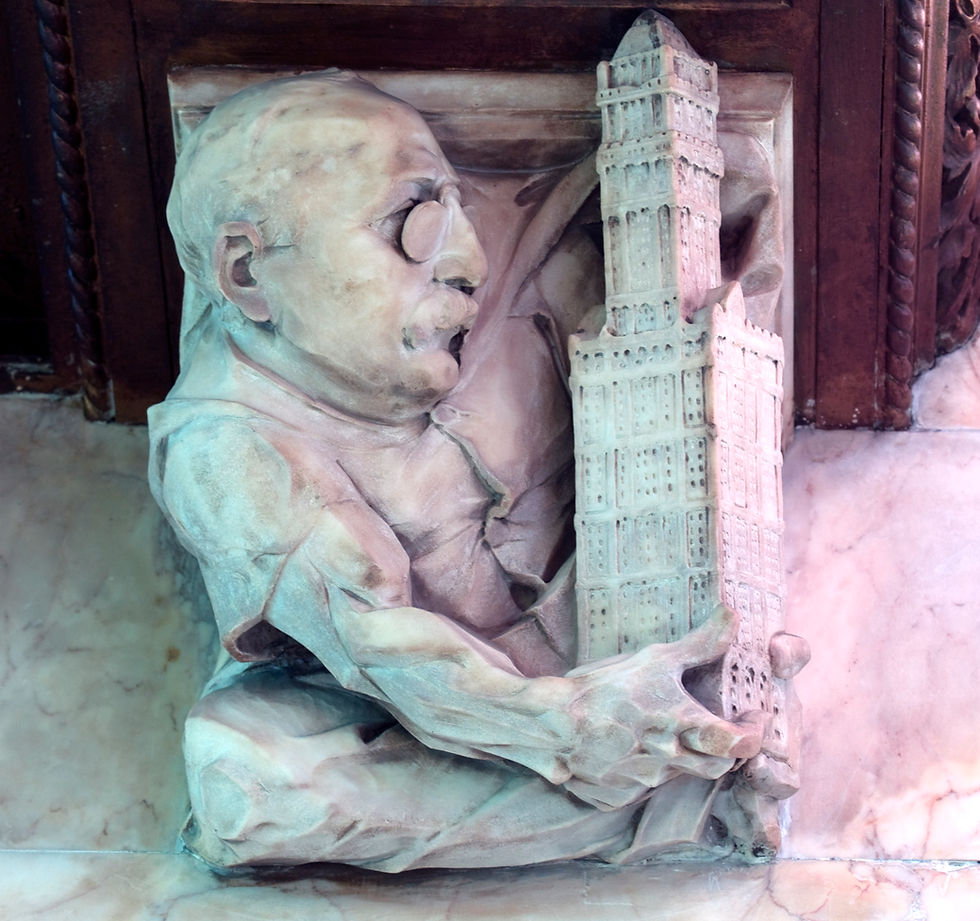Review: Nations, States, and Violence, by David D. Laitin
- abizadeh
- Jul 31, 2008
- 4 min read
Updated: Jun 22, 2021

Arash Abizadeh. Review of David D. Laitin, Nations, States, and Violence (Oxford: Oxford University Press, 2007). In Nations and Nationalism 14.3 (2008): 616-617.
[Below is an electronic version of a review published in Nations and Nationalism. The definitive version is available as a PDF from the publisher here.]
David D. Laitin, Nations, States, and Violence. Oxford: Oxford University Press, 2007. 168 pp. d14.95 (hbk).
This short book on identity politics will be of interest to non-specialists for the lucidity with which it presents the results (and policy implications) of the author’s ongoing research, and to specialists already familiar with that research for gathering its results together in a single framework. Laitin advances several major claims. First, the empirical data show no significant link between ethno-linguistic diversity and civil war violence; instead, violence is spurred by weak state institutions, geographic factors that weaken state capacity, and potentially high rents from state capture (i.e. oil revenues). Second, the classic, culturally homogeneous nation-state model is no longer in equilibrium; although cultural diversity lowers social solidarity, there is no a priori reason to expect culturally heterogeneous states to break up. Third, adequately understanding identity politics requires integrating rational choice methods, which can explain rapid identity shifts, with focus on the cultural foundations of identity. Finally, given the unacceptable costs of homogenization projects, culturally heterogeneous states ought to adopt liberal democratic policies of multicultural accommodation.
Three theoretical contributions – used to explain the data, with illustrations from Spain to Somalia, India to Estonia – stand out. (Specialists wanting to evaluate the empirical evidence must turn to Laitin’s previous publications, on which the book draws.) First, a model of identity politics. Latin distinguishes between axes (‘social dimensions’) along which collective identities could potentially form (eg race or language); categories of membership constructed along each axis (eg Black or White); and attributes qualifying individuals for such membership (eg skin colour or linguistic competence). He then identifies three corresponding types of actor engaged in identity politics. Identity entrepreneurs (‘ethnic entrepreneurs’) seek authority; they proceed by increasing the salience of lucrative axes along which collective identities are formed (eg clerics increasing religion’s salience). Political entrepreneurs seek political coalitions; they proceed by contracting/expanding categories of membership. Finally, ‘people’ seek benefits of group membership; they proceed by investing in attributes qualifying them for worthwhile memberships (eg learning a language). Laitin applies this model, for example, to language politics, which, he argues, often takes the form of a ‘tipping game’ with more than one potential equilibrium (with a different language dominant in each). The example highlights what is welcome and difficult about the book’s methodological aspirations. Laitin assumes that people primarily want (their children) to speak whatever language is socially dominant (to maximize economic opportunities); they may also have a secondary preference for the reproduction of a particular language (eg their mother tongue). Yet his full story also appeals (perhaps quite rightly!) to ‘norms of solidarity,’ without fully explaining, in a manner consistent with the rational-actor model, why regular people would be motivated by them. In general, it remains an open question to what extent the book integrates the insights of cultural analysis with rational choice methods.
Second, a novel and promising definition of nation: a population with a coordinated set of beliefs about their identities (concerning the relevant axes, membership categories, and attributes), whose representatives make claims of sovereignty or autonomy. Though the focus on coordinated beliefs (and on the first type of actor) may obscure the insight that the national imaginary is often a product of ideological manipulation, the definition’s virtues are numerous: it avoids corporatist reification; captures the ‘subjective’ component of nationality without reducing it to individual beliefs (there must be coordination) and without circularity (the definiendum is not in the definition); avoids antecedently stipulating ‘the’ constitutive axis of nationality (language? genealogy? religion?); and highlights nationality’s constitutive political aspirations.
Third, a novel definition of ‘culture’: an equilibrium in which members of ‘a cultural group’ interact on the basis of ‘common knowledge beliefs’ about other members’ behaviour. This is less promising, partly because of how Laitin in turn defines a cultural group, as one whose members share ‘in common descent, symbolic practices and/or high levels of interaction.’ Defining culture in terms of a bounded group (and stipulating its boundaries using a substantive, antecedently specified attribute) obscures the insight that boundaries are themselves culturally produced artefacts and the proper object of scientific inquiry: whether culture is bounded (and whether common descent helps draw those boundaries) is an empirical question, not conceptual presupposition.
Some may quibble with Laitin over conceptual precision. For example, chapter 5 suggests that ‘cultural diversity’ may weaken social solidarity, but then cites, as evidence, studies about diverse ethnic (ie. identity) groups. Yet culture- and identity-concepts are of distinct types: cultural homogeneity does not conceptually imply shared identity, and cultural heterogeneity does not conceptually preclude shared identity. Similarly, chapter 2’s story of national identity in terms of language choice and ethnic entrepreneurs obscures the potentially significant distinction between linguistic and ethnic forms of nationalism and, so, different kinds of identity groups. But these are minor quibbles, concerned with sharpening, not detracting from, the book’s considerable merits.
Laitin’s recommendation of multicultural policies, including autonomous linguistic-cultural administrative zones when appropriate, is qualified. He argues that such policies must result from democratic politics, and do not follow from first principles about justice: a viable language community is a consumption item to which there is no inherent right. This raises a difficult issue: democratic legitimation, to which Laitin appeals, presupposes that the demos’s boundaries are justified, yet what is often precisely at stake in identity politics is which political boundaries are justified, ie, what the proper political unit ought to be. However we navigate such issues, Laitin’s elegant book serves as a judicious guide.



Comments